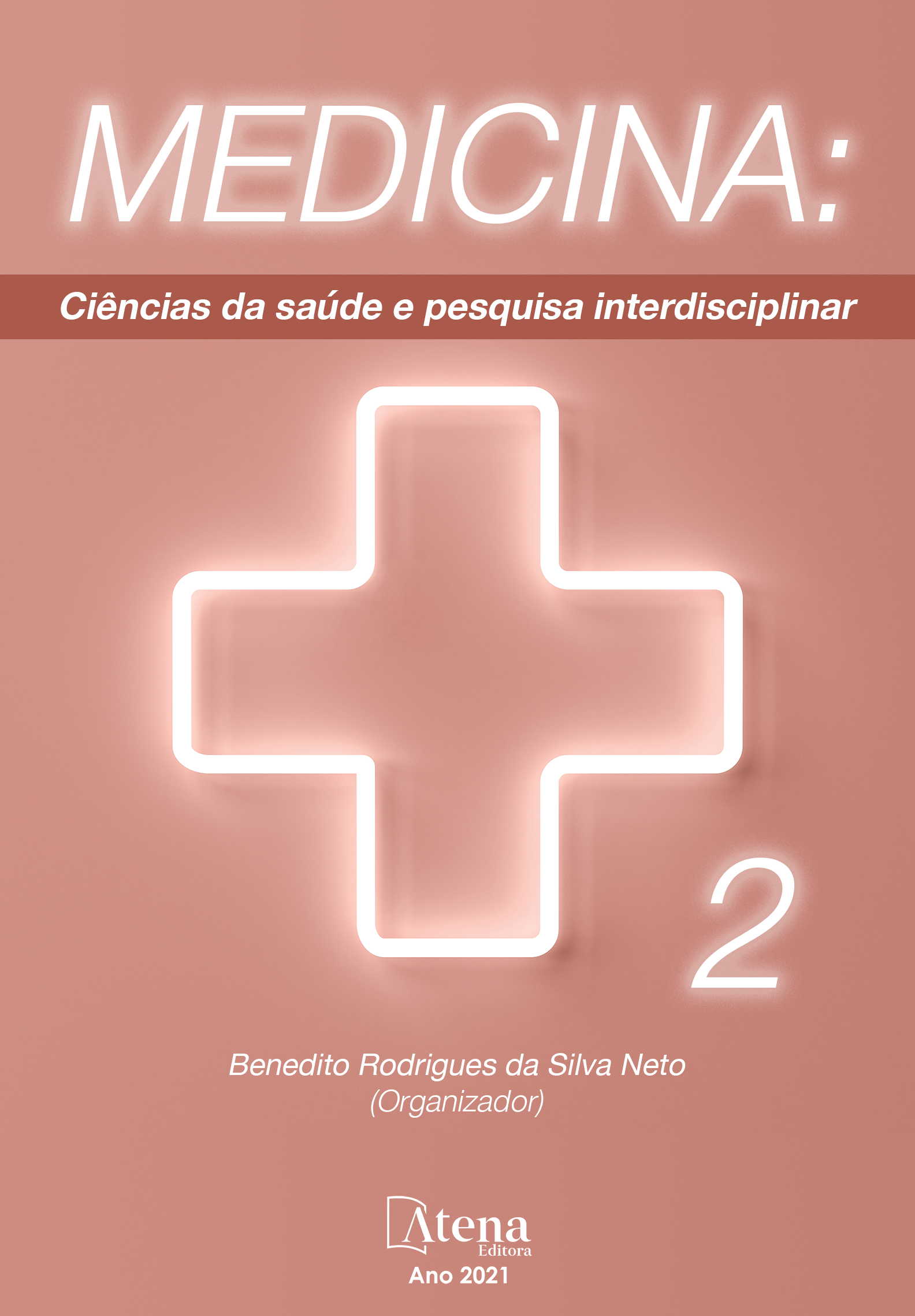
TELECONSULTORIA E TELEATENDIMENTO NO SUS: UMA REVISÃO INTEGRATIVA
A telessaúde surge como uma ferramenta para auxiliar o acesso à saúde na atenção primária à saúde (APS). Pode ser descrita como a segunda opinião de um profissional da saúde que permite a troca de informações a fim de discutir os casos clínicos referentes a uma especialidade. Permite uma qualificação nos encaminhamentos e reduz filas de espera. Diante disso, propõe-se evidenciar como a implantação da teleconsultoria atuou na qualificação dos encaminhamentos e na resolubilidade do atendimento na APS. Já a Teleconsulta é a forma de realizar um atendimento de maneira remota, modalidade que foi regulamentada com o início da pandemia. Realizou-se uma revisão integrativa de literatura, pesquisando-se artigos científicos na base de dados do portal Biblioteca Virtual em Saúde. Percebeu-se que o papel da APS de ser ordenadora e de ponto central na comunicação da Rede de Atenção em Saúde não tem sido atingido. O modelo assistencial que visa auxiliar as equipes de atenção básica e saúde da família apresenta grandes dificuldades relacionadas a questões de acesso, qualidade e custo da atenção à saúde. Como resultado, os serviços secundários e terciários não conseguem suprimir a grande demanda, a qual poderia ser potencialmente manejada na APS. Entretanto, ainda é pouco utilizada, pois encontra muitas dificuldades, como a resistência de profissionais, falta de infraestrutura e desconhecimento do modo de utilização. Essa ferramenta, portanto, deve ser difundida, visando uma diminuição da sobrecarga do SUS nos diferentes níveis de atenção, favorecendo que a APS seja de fato resolutiva, ampliando-se o acesso e a integralidade do cuidado. No contexto da pandemia, foi implementada pela Portaria nº 467 a modalidade da Teleconsulta, que oferece uma forma segura e eficaz de avaliar casos suspeitos, orientar o diagnóstico e o tratamento do paciente, minimizando o risco de transmissão da doença para a população.
TELECONSULTORIA E TELEATENDIMENTO NO SUS: UMA REVISÃO INTEGRATIVA
-
DOI: 10.22533/at.ed.67921020919
-
Palavras-chave: atenção primária à saúde; teleconsultoria; telessaúde; telemedicina.
-
Keywords: primary healthcare; teleconsultation; telehealth; telemedicine.
-
Abstract:
Telehealth emerges as a tool to assist access to health in Primary Health Care (PHC). It can be described as the second opinion of a health professional which allows the exchange of information in order to discuss clinical cases related to a specialty. It allows a qualification in referrals and reducing queues. Therefore, it is proposed to show how the implementation of teleconsulting acted in the qualification of referrals and in resolving the care in PHC. Teleconsulting, on the other hand, is a way of providing remote assistance, a modality that was regulated with the beginning of the pandemic. An integrative literature review was carried out, researching scientific articles in the Virtual Health Library database. It was noticed that the goal of PHC as an organizer and as a central point in the communication of the Health Care Network has not been achieved. The care model that aims to help the primary care and family physicians and their practice teams has great difficulties related to issues of access, quality and cost of health care. As a result, secondary and tertiary services are unable to suppress the high demand, which could potentially be handled in PHC. However, it is still little used, as it encounters many difficulties, such as resistance from professionals, lack of infrastructure and lack of knowledge of how to use it. This tool, therefore, must be disseminated, aiming at reducing the burden of SUS in the different levels of care, favoring that PHC is in fact resolving, expanding access and comprehensive care. In the context of the pandemic, Ordinance No. 467 implemented the Teleconsultation modality, which offers a safe and effective way to assess suspected cases, guide the diagnosis and treatment of the patient, minimizing the risk of disease transmission to the population.
-
Número de páginas: 9
- Larissa Dill Gazzola
- Luiza Ehrat
- Maria Carolina Gomes Ogg da Veiga
- Vitoria Beatriz Ripoli Meira
- Ana Paula Ferreira Gomes
- Julia de Colo Lima


